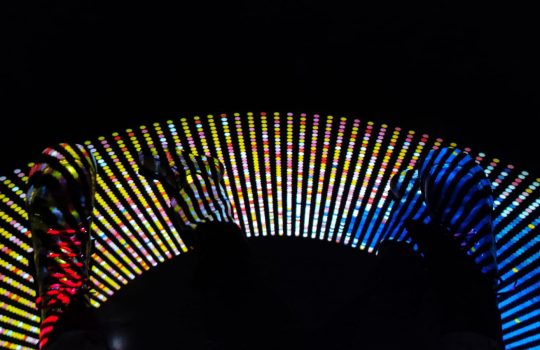New detectors solve age-old problems
From Laser Focus World, Jan. 12, 2023: What does the future of detectors look like and what problems will they solve? Advances in novel detectors are working on some of the most elusive mysteries in science—from quantum teleportation to neutrinos and dark matter. The long-baseline neutrino detectors of DUNE are part of this line up of international detectors.





